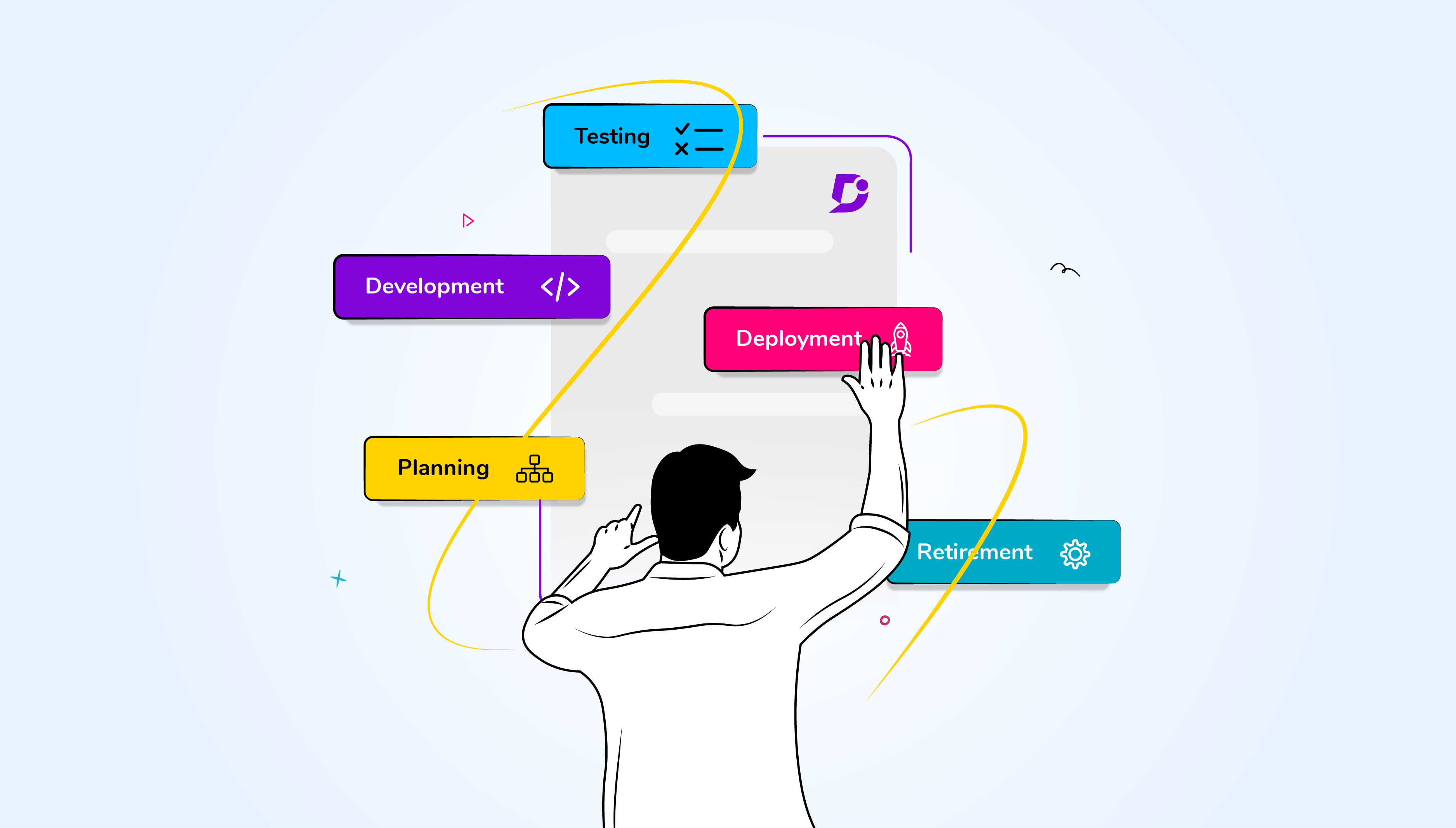Application Programming Interfaces (APIs) serve as the backbone of communication between different software systems. Whether you’re a developer, tester, or API enthusiast, managing and testing APIs efficiently is paramount. Enter Postman – a powerful tool that simplifies API development, testing, and collaboration, empowering users to unleash their API superpowers like never before.
The Age of APIs

Seamless connectivity and interoperability have become fundamental requirements for software applications. Application Programming Interfaces (APIs) serve as bridges between different software systems, enabling them to communicate, share data, and integrate functionality, thus facilitating this interconnectedness. They extend beyond consumer-facing applications; they also empower critical business processes and backend systems. APIs streamline operations, optimize workflows, and deliver value across industries like finance, healthcare, logistics, and manufacturing.
Challenges of API Management

However, the proliferation of APIs presents its own set of challenges. As APIs continues to grow exponentially, organizations face the daunting task of managing, testing, and monitoring them effectively. Without proper tools and processes in place, API management can quickly become overwhelming, leading to bottlenecks, inconsistencies, and security vulnerabilities. This is where Postman emerges as a game-changer.
What is postman?

With its comprehensive suite of tools for API development, testing, and collaboration, Postman simplifies the entire API lifecycle, from design and development to testing and deployment. By providing a user-friendly interface, robust testing capabilities, and seamless collaboration features, Postman empowers developers and teams to overcome the challenges of API management and unlock the full potential of their APIs.
Key Features and Benefits of postman
- Intuitive Interface: Postman’s intuitive interface makes it easy to create, organize, and execute API requests. With support for various HTTP methods and request parameters, users can quickly build and test API endpoints.
- Collection Management: Postman allows users to organize API requests into collections, making it easier to group related endpoints and share them with team members. Collections can be exported and imported, facilitating collaboration and knowledge sharing.
- Automated Testing: One of the standout features of Postman is its support for automated testing. Users can create test scripts using JavaScript, allowing for comprehensive API testing and validation. Test scripts can be integrated into CI/CD pipelines for continuous testing and deployment.
- Environment Variables: Postman enables users to define environment variables, making it simple to manage multiple environments such as development, staging, and production. This feature enhances flexibility and enables seamless testing across different environments.
- Mock Servers: With Postman’s mock server feature, users can simulate API endpoints without the need for a backend implementation. This is particularly useful for frontend developers who need to test their applications against a realistic API environment.
- API Documentation: Postman automatically generates documentation for API collections, providing a centralized hub for API documentation. This helps developers and stakeholders understand API endpoints, parameters, and response formats more effectively.
Ding ding! In today’s interconnected digital landscape, In today’s digital landscape, managing APIs efficiently is crucial yet challenging. However, Postman offers a comprehensive solution that simplifies API development, testing, and collaboration. With its intuitive interface, robust testing capabilities, and seamless collaboration features, Postman empowers developers and organizations to streamline workflows, accelerate development cycles, and drive innovation with confidence. By leveraging Postman, teams can unlock the full potential of their APIs and shape the future of technology with agility and efficiency.

